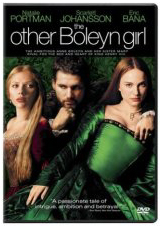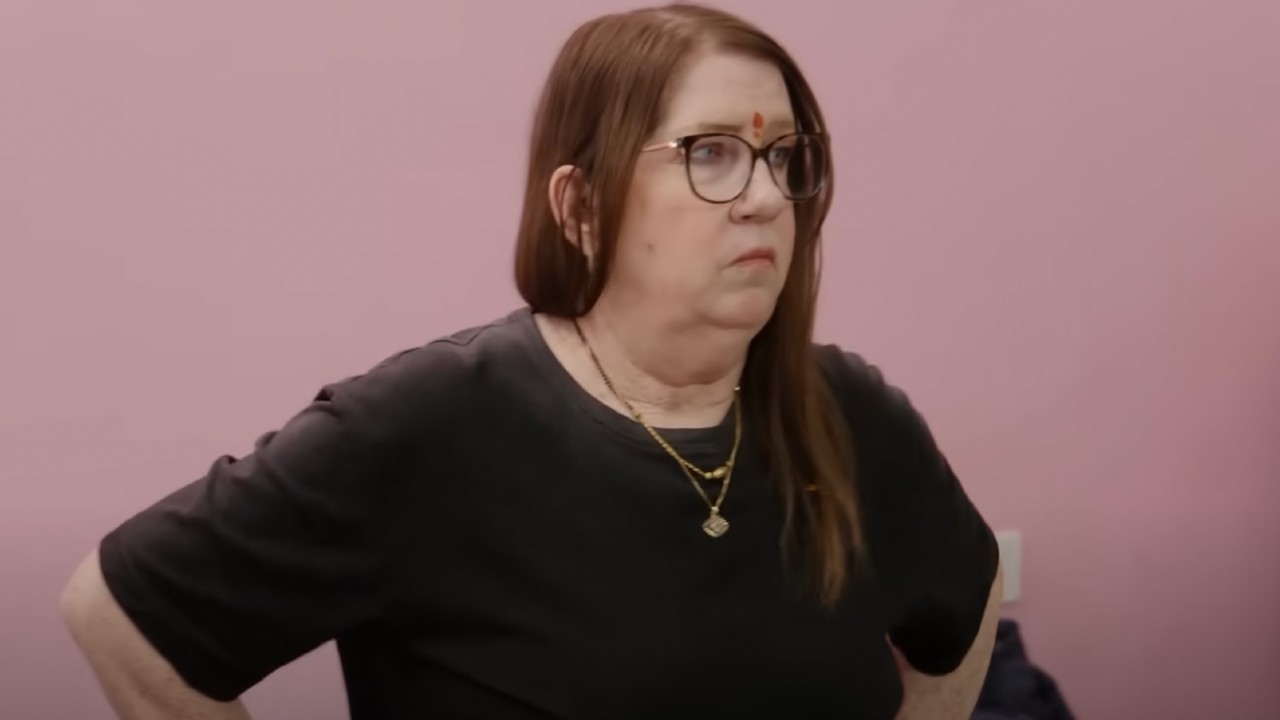I’ve always loved all kinds of movies no matter the time the plot takes place. A band’s North American tour in the early ‘70s, a rescue mission during WWII in the ‘40s, and even the rebirth of a Roman General in 180 AD, but in The Other Boleyn Girl there’s just something about the middle ages that bores me. The Other Boleyn Girl takes place in the early 1500’s, where the colors always seem to be lifeless even though the people look like they’re wearing circus tents for clothes. His majesty King Henry VIII of England (Eric Bana), with his gallant albeit uptight demeanor, is coming to town and the lowly townsfolk are intrigued. It is known that the King’s wife is unable to give birth to a live male heir, and this piece of information greatly interests the Boleyn’s. Thomas Howard - the Duke of Norfolk (David Morrissey), uncle to the Boleyn daughters, sees this as opportune time to weasel the Boleyn’s in to King Henry’s entourage and thus furthering their social status.
Initially, first born Anne Boleyn (Natalie Portman) is to catch the eye of the King upon his arrival; however one little accident later and youngest daughter Mary (Scarlett Johansson) plays nurse to the bedridden King. Besides just being newly married, Mary could never compare to her sister’s wit and beauty, but she somehow delights the King and then they fall madly in bed together. Sorry guys, no nudity from Ms. Johansson here, but their scenes of adultery are strangely underscored by romantic music.
Some odd months later Mary gives birth to an illegitimate son and the King is disgusted, because the son can not take over the thrown. The King probably shouldn’t have slept with Mary in the first place. In the meantime Anne has married some random nobleman, who was already set to marry another, thus causing her father to exile her. Shortly after Mary’s son’s birth, Anne is back in town and lay on her quick wit for the King. Instead of sending her to the guillotine for being an outspoken woman in the 1500’s, the King is again enthralled by another one of the Boleyn’s. Anne is decidedly devious, and she won’t sleep with the King until he divorces his wife. Playing the role of the King’s puppeteer, she marries him, becomes his second wife, and then gives birth… to a girl. Yet again the King is upset, shocker. At this point I thought he would just make the rounds with the other Boleyn’s and get with their brother, George.
In my mind there is no better young actress today than Natalie Portman. In fact the way she delivers the word “besotted” in the previews is what originally piqued my interest in this film. She exceeds all expectations with each new role; except for here where she seems slightly out of place. She delivers her lines with passion, but there’s just something missing. Maybe it’s seeing her in those costumes or maybe it’s because the rest of the cast feels slightly dull... which brings me to her co-star. I understand Johansson who is seen as wise beyond her 20-something years, but in this movie, and her other period movie The Girl with the Pearl Earring, she lacks a certain vigor. She looks boring and her lines are delivered with all the exuberance of Ben Stein calling roll; which is to say none. These two gifted actresses as sisters would seem a perfect fit if only we could see some sign of their connection to each other, before being thrown in to the middle of their jealousy tornado. Their fights and make-ups don't seem believable, because the film never builds to them.
Half way through I found myself losing interest in the ups and downs of Boleyn's plot. If you traded in the period costumes for scrubs then this movie could pass for a full season of Grey’s Anatomy. It did have a steady pace, but the twists prove too much. Sure those funny looking hats and those obscenely-tight corsets look fancy but what’s the use. Some colors pop to contrast the drab atmosphere and some scenery is sweeping, but when there’s only one distinct scene that stands out as exceedingly beautiful then the cinematography hasn’t lived up to its potential. While the majority of movies based in the Middle Ages are either droning or action packed (therefore mostly catering to an audience of the male persuasion), this manages to be neither while at the same time bringing nothing new to the genre. It markets itself as being a mixture of In Her Shoes and Grey’s Anatomy yet it obviously falls short of both. For a movie this crowded with plot, it’s no surprise the DVD release is loaded with deleted and extended scenes. Some merely add an extra monologue or dialogue while others are nearly 10 minutes long. In the deleted scenes is where Mary’s lost husband can be found. Half-way through the movie Mary’s husband is bed-ridden with some sort of illness and then dies. While this doesn’t exactly create a gaping plot hole it is still of some importance to that character.
There are three featurettes, which surprisingly made me want to watch the movie a second time (almost). “Translating History to the Screen” was a more in-depth look in to the lives of the Boleyn’s and their affect on history. Author Philippa Gregory explains her motivation for writing this novel citing the fact that there is clearly a lot known about King Henry’s second wife, Mary, but not her younger sister. The screenwriters and filmmakers explain the challenges for such a movie. They explain how not much is known about the relationship between the sisters prior to King Henry’s entrance into their lives, so the filmmakers wanted to add some depth to that instead of jumping right in to the overall plot. While they did spend 10 minutes in the beginning with just the sisters and family, the dialogue could’ve been more developed.
The featurette “To Be a Lady” provided more of a history lesson. Gregory and even select history professors from various universities explain women in England at this time had to go through. They explain how the women were used as pawns, but they knew what was going on (like Anne’s character). Apparently the English didn’t wash their faces at all because they believed it would open their pores and that was considered bad, thankfully times have changed. I wish they could’ve shown how Portman and Johansson fit in those corsets because they looked brutal.
Your Daily Blend of Entertainment News
Lastly, there was the featurette titled “Members of the Court Biographies.” I thought this might be short interviews with cast members and it was, but it was about their characters. Johansson, Portman and Bana all shared how they prepared for their roles and what they found most interesting. Bana was worried he would’ve had to gain weight, but lucky for him (and all women who see this movie) he found out that the King didn't put on the pounds until after his escapades with the Boleyn's.

